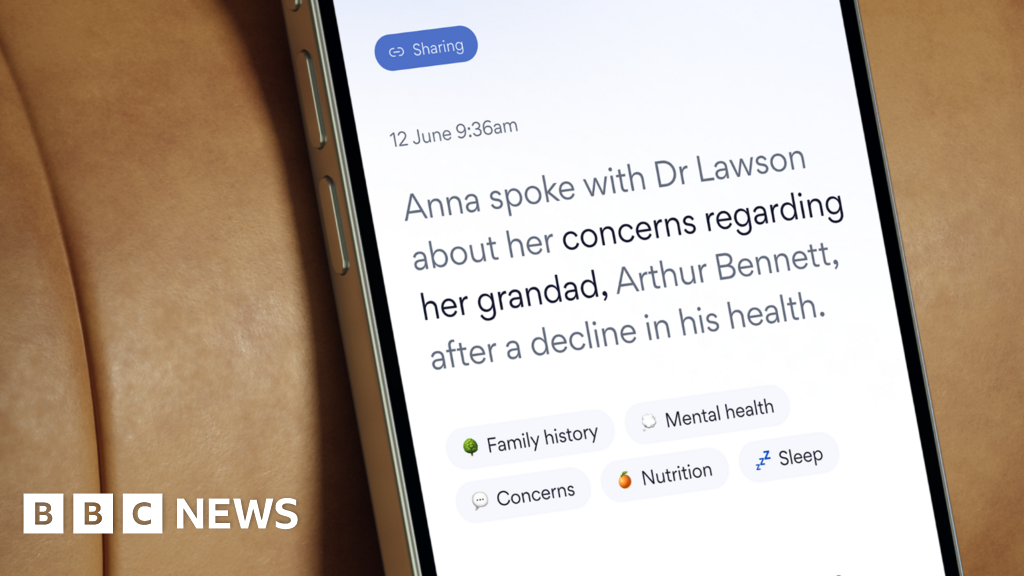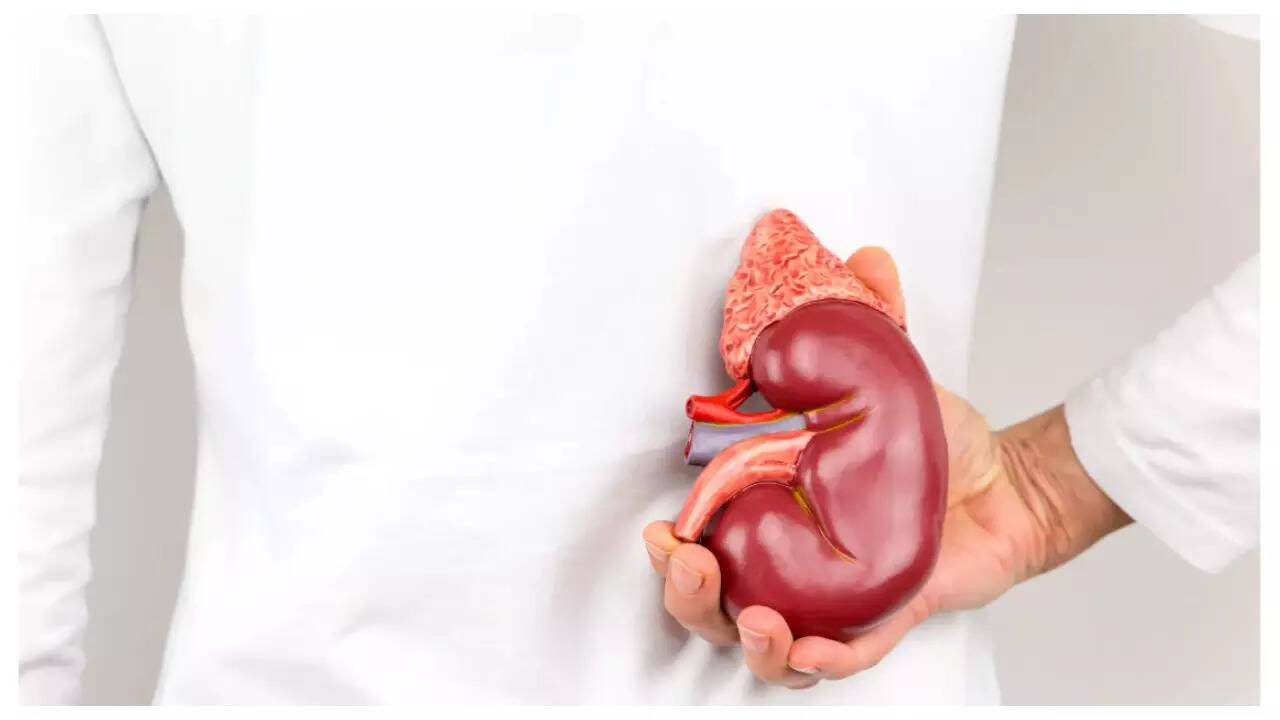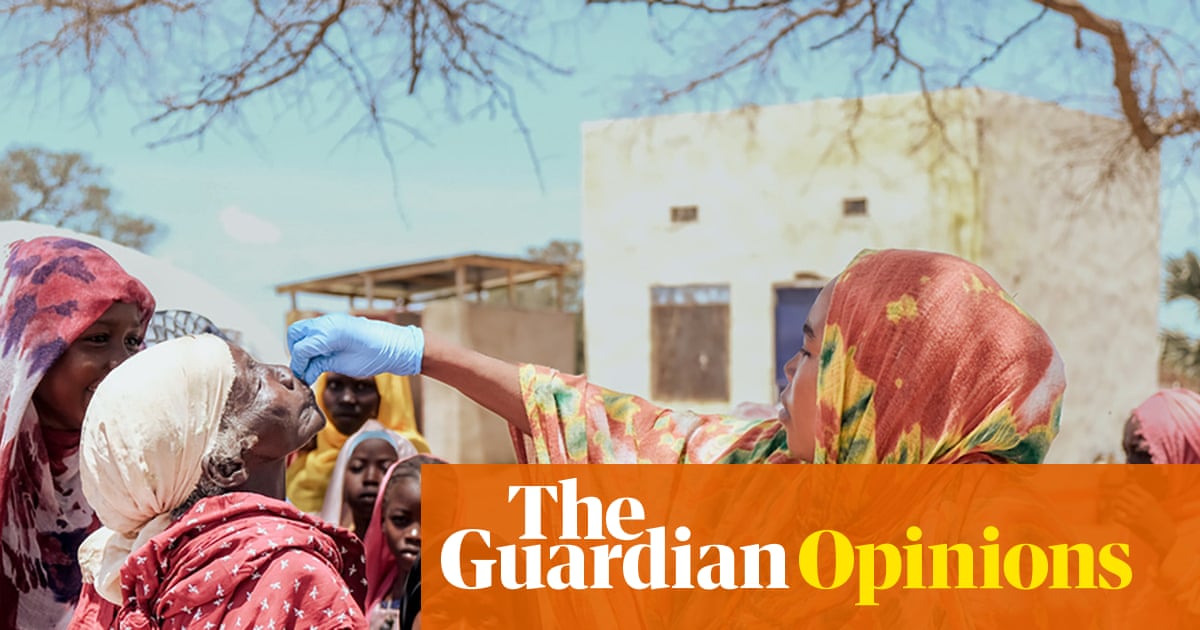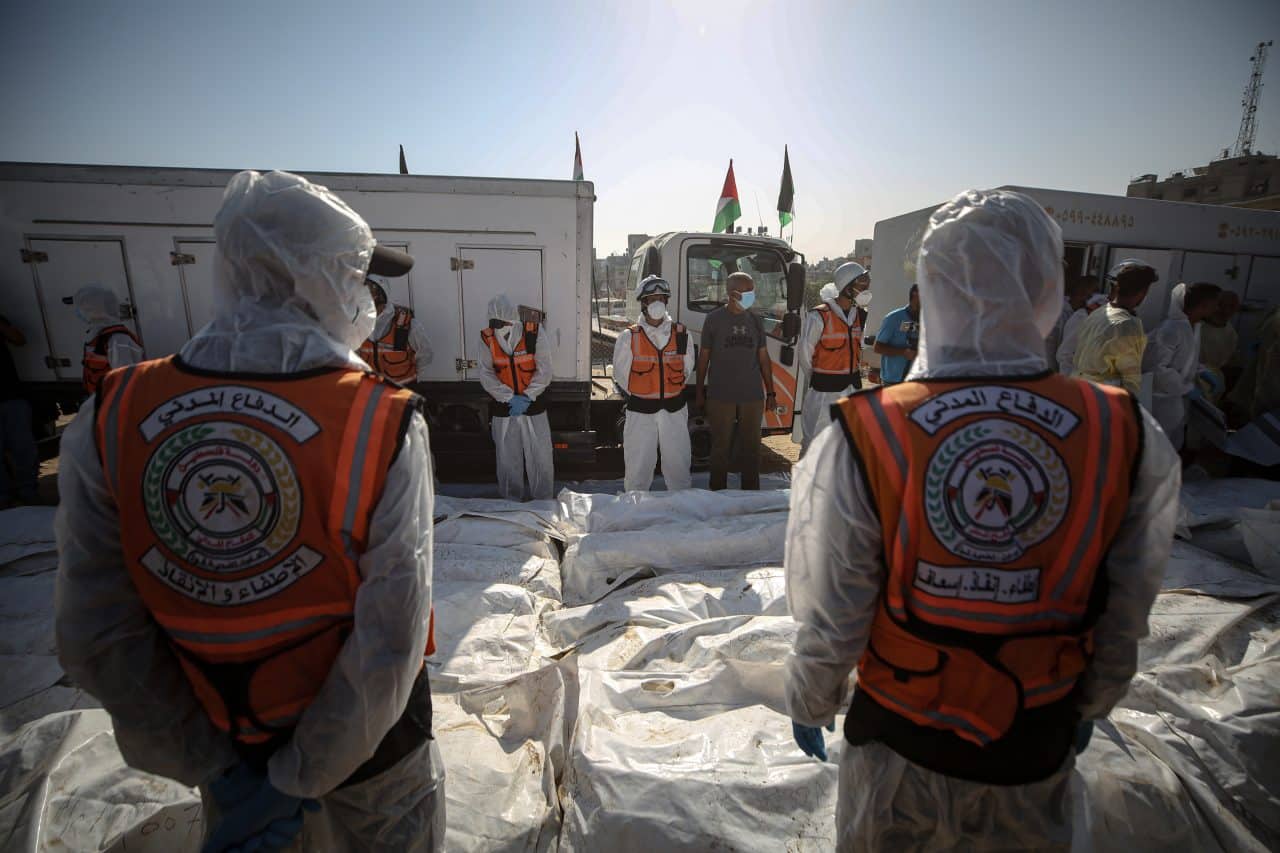The Gaza Government Media Office announced on Wednesday morning the burial ceremonies of 54 unidentified Palestinian bodies that the Ministry of Health had received from Israel through the Red Cross, as part of the ongoing exchange of deceased prisoners during the ceasefire between Israel and Hamas. Since it was impossible to identify the disfigured and mutilated bodies, they are all being buried in a mass grave, the Government Media Office said.
Since October 14, the Gaza Health Ministry has received the bodies of over 195 deceased Palestinian prisoners. The majority of the bodies show clear signs of torture, the Ministry says, including bullet holes fired from point-blank range, bruises, and signs of mutilation. Several bodies were received with their hands tied behind their backs, and several more with blindfolds over their eyes. The Health Ministry also said that several bodies showed signs of strangulation from hangings, with ropes found tied around the bodies’ necks, while others bore marks of tank tracks. Other bodies were found with missing organs, health officials added.
Mondoweiss received, reviewed, and verified photographs of some of the mutilated bodies from the Gaza Ministry of Health. They are horrific and show clear signs of torture. The Ministry of Health has uploaded several photos of the mutilated bodies online and made them available to families of people who went missing during the war, in the hopes that they might identify them. We strongly advise that readers proceed with extreme caution if viewing the Ministry of Health photos, as they are highly disturbing and graphic. For those reasons Mondoweiss has decided not to republish the photos, but we will share the link to the health ministry’s Google Drive folder here.
Of the 195 bodies, only 57 have been identified so far. During the burial ceremony of 54 of the unidentified martyrs, the Government Media Office’s Director Ismail al-Thawabta said that the bodies that had been received were held for a period of five days to allow for forensic examinations. When none of the families with missing loved ones were able to positively identify the bodies, they were handed over to the Department of Endowments (Awqaf) for burial.
“Forensic teams found martyrs with their hands and feet bound with zip ties, while others had blindfolds over their eyes, and some bodies bore markings of tank tracks, in addition to burns, fractures, and deep wounds,” Thawabta said. “These show signs of brutal torture before execution.”
They were buried in numbered graves in Deir al-Balah in central Gaza earlier this morning.
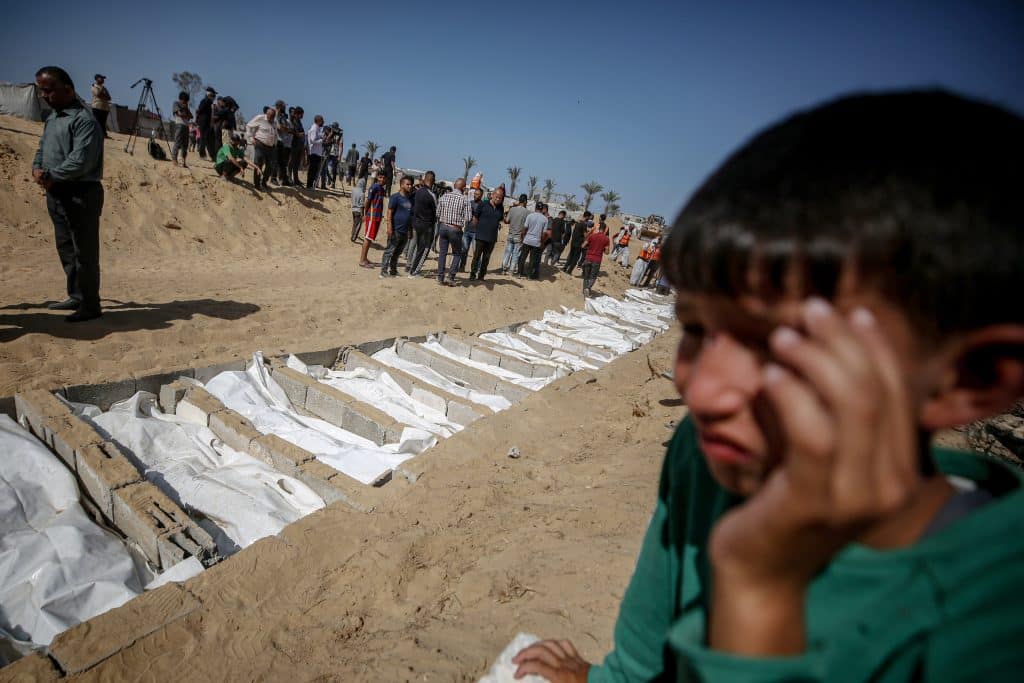
Families whose loved ones went missing during the war have flocked to Nasser Hospital in Khan Younis in the hopes of identifying them and finding some closure. Health authorities gather family members in a large room and display pictures of the bodies, most of them disfigured and mutilated. The families have to sit through the images and try to find identifying features on the bodies.
In video testimony obtained for Mondoweiss, Wahba Shabat stands in shock in Nasser Hospital after identifying the body of her son, Mahmoud Shabat, 34, who went missing on October 7, 2023.
Wahba later learned that Mahmoud had been one of the fighters who had crossed into Israel on that day.
“We want to honor him with a dignified burial,” said Ismail Shabat, Mahmoud Shabat’s father, in video testimony for Mondoweiss. “He chose this path, and he was free to do so. All we want to do is give him a final resting place, nothing more. Now I can say I am at peace, after knowing what happened to my son.”
Wahba, Mahmoud’s mother, says that the body arrived naked, disfigured, showing signs of torture all over his body. “His head was crushed, his face was shattered, and he had broken limbs,” she said.
“When I saw the pictures of the missing, I suspected that one of the photos might be of my son Mahmoud,” she continued. “I immediately came to the hospital after a family member showed me the photo on their phone. I examined his body and found the mark on his head that I knew would be there.”
Mahmoud had been injured in the head during the Great March of Return between 2018 and 2019, a period in which Israel maimed, wounded, or killed over 30,000 Palestinians protesting at Gaza’s border fence. “He underwent several operations, and the scars remained,” Wahba Shabat said. “I recognized him immediately and collapsed at the sight of the condition his body arrived in.”
She explains that before identifying him, she had repeatedly described him to the doctors at Nasser Hospital, until his identity was confirmed. “I was shocked by the severity of the torture he suffered. All this torture on one young man! They even returned him naked, without dignity,” she described, explaining that the signs were apparent because the body had not undergone decomposition, as it had been frozen solid.
“His bones were fractured. His feet showed clear marks of being chained, and his hands were tied behind his back,” she continued. “There was a bullet wound to his head, and a rope was around his neck. It was clearly visible. They executed him without mercy.”
“If they return even a small piece of flesh from my son, that will be enough for me to honor and bury him”
Majeda Qdeih
Wahba went on to say that not a single bone had been left intact in his face. “Even in the worst wars, torture does not reach this level,” she said. “The resistance took prisoners from the Israeli army to Gaza and kept them for two years. Look at how they were returned to their families: alive, walking, talking, not mutilated or tortured to death. So why are only our prisoners killed in cold blood and returned to their families like this — broken, tortured, tied up, and strangled?’
In the courtyard of the medical complex, Majeda Qdeih stands in front of the main entrance, staring at the photos of the bodies displayed by the Ministry of Health. She scrutinizes each image as she searches for her son, who went missing since the afternoon of October 7.
Whenever she hears news that new bodies have been returned, she immediately rushes to the hospital to see if her son is among them. “If they return even a small piece of flesh from my son, that will be enough for me to honor and bury him,” Qdeih said in video testimony for Mondoweiss.
“None of my eight sons remain,” she said. “Six of them were martyred, one was arrested, and another one is missing. I do not know his fate.”
“They said my imprisoned son would be released in the prisoner exchange deal, but he did not return,” Qdeih added. “If both of my remaining sons are martyrs, I ask God to have mercy on them. I will not withhold the last two from God, even after I gave six of my sons for this land.”
Each time Qdeih goes to check the bodies and photos, she returns disheartened. “When we see the bodies, they tell us at the hospital to cover our noses from the smell,” she said. “They do not know that the smell of the martyrs is like perfume. We do not want to cover our noses or stop smelling their scent.”
“They are our moons and our heroes,” she said.
‘Disfigured beyond recognition’
Dr. Munir Al-Bursh, the Director General of the Gaza Health Ministry, said in a statement on Wednesday that 51 Palestinian bodies have been identified by their families out of 195 bodies handed over by Israel.
The bodies arrived in varying conditions, Dr. Muhammad al-Duheir, head of the Forensics Department at Nasser Hospital, told Mondoweiss. Some were preserved and completely frozen, while others arrived in different states of decomposition, al-Duheir said, adding that some were covered with mud, but their clothes, shoes, and a few belongings were still visible. None of the bodies carried any name tags or identifiers, and only numbers were written on the body bags.
All of the bodies showed signs that the Israeli army had taken DNA samples from their thumbs and thighs, al-Duheir added, stating that he does not know whether this information will be shared with the relevant authorities in Gaza. “We requested the full data relating to these bodies from the Red Cross so that the families could identify them, since many of the bodies do not have any recognizable facial features. They have been disfigured beyond recognition.”
The Red Cross cooperated with the Health Ministry and delivered the names of three bodies among those handed over, but it could not provide any more names, al-Duheir said.
Al-Duheir added that forensic examinations remain primitive due to a lack of resources. Four forensic teams begin work immediately upon the arrival of the bodies, collecting samples, photographs, belongings, and documenting any other identifying details. If possible, they determine the cause of death, along with a detailed description of the condition in which the bodies were received, al-Duheir details.
Tareq S. Hajjaj
Tareq S. Hajjaj is the Gaza Correspondent for Mondoweiss and a member of the Palestinian Writers Union. Follow him on Twitter/X at @Tareqshajjaj.
First Appeared on
Source link





